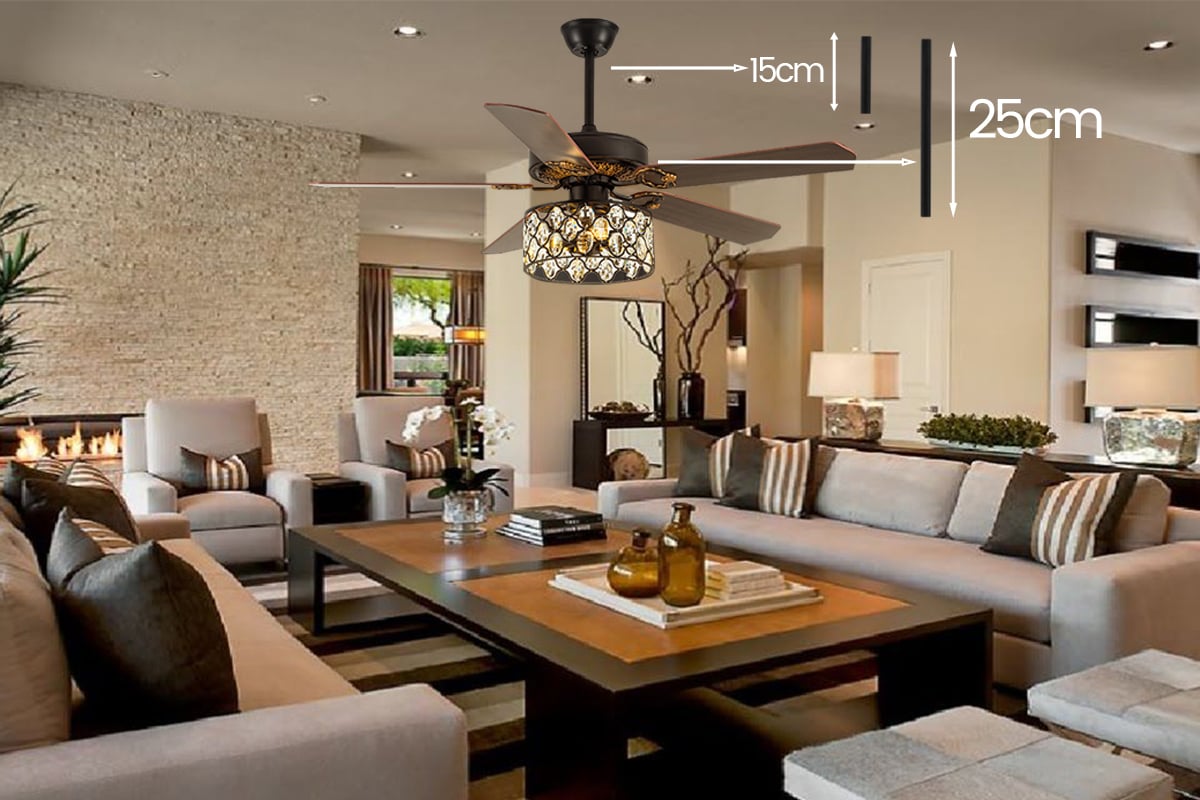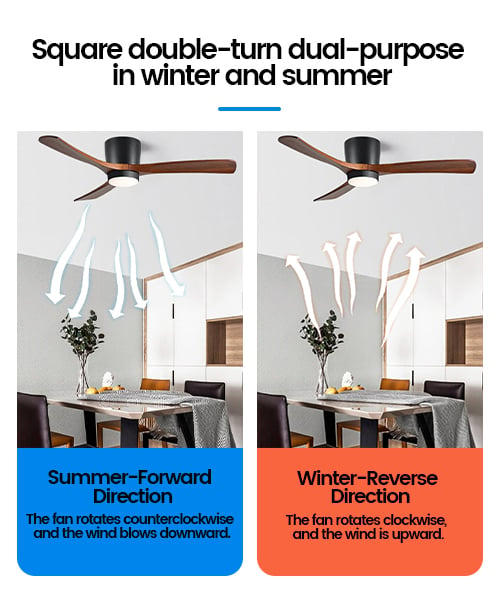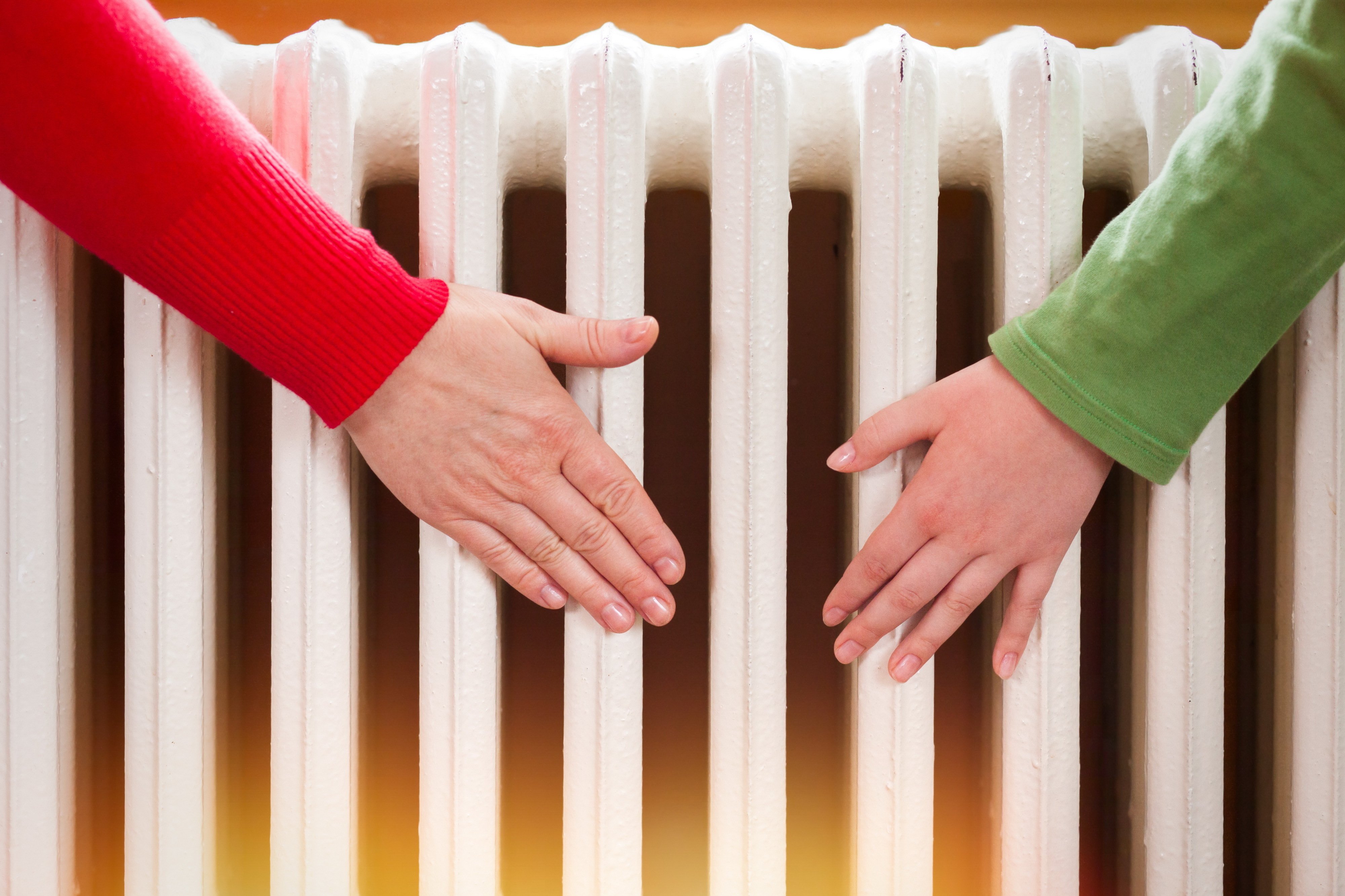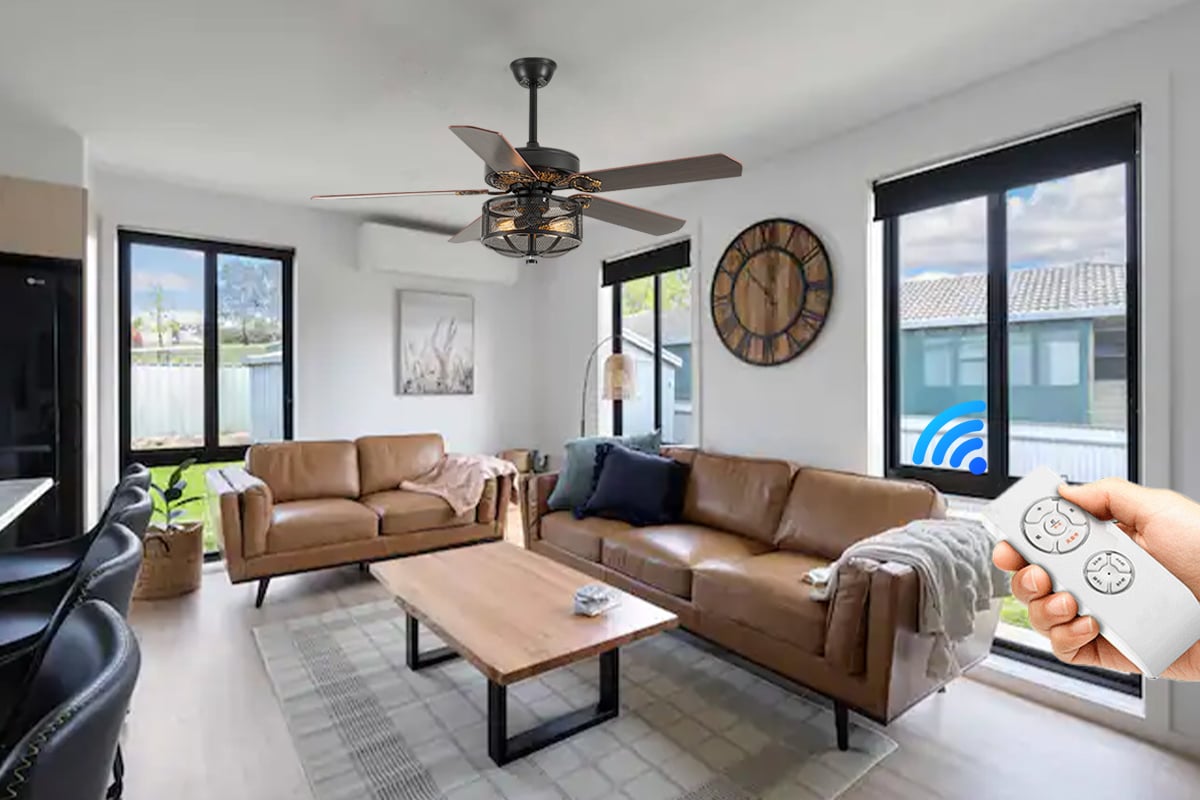Optimal Ceiling Fan Rotation for Summer and Winter: Which Direction Should My Ceiling Fans Spin?
As the seasons change, it's important to optimize our home's cooling and heating systems to ensure maximum comfort and energy efficiency. One commonly debated topic is the direction in which ceiling fans should spin during summer and winter. In this blog post, we will explore the optimal fan rotation for each season and provide insights into how it can enhance your indoor climate control.
Summer Cooling:
During hot summer months, the primary goal is to create a comfortable breeze that promotes evaporation and cools the body. To achieve this, your ceiling fan should spin counterclockwise (or in a forward direction) when viewed from below. This creates a downward airflow that generates a wind-chill effect, making you feel cooler without actually lowering the room temperature. By using a ceiling fan in conjunction with your air conditioner, you can raise the thermostat by a few degrees and still maintain a comfortable environment while saving on energy costs.
Winter Heating:
In winter, the objective is to distribute warm air evenly throughout the room. To accomplish this, your ceiling fan should spin clockwise (or in a reverse direction) when viewed from below. This gentle updraft helps to push warm air, which naturally rises, back down to the living space. Consider utilizing a fan in conjunction with your heating system to optimize comfort and save on energy costs during the winter months.
Why using fan in winter can reduce energy loss?
Using a fan in winter can actually help reduce energy loss in several ways:
- Improved Air Circulation: During winter, warm air tends to rise and accumulate near the ceiling, leaving the lower parts of the room cooler. By using a fan on a low setting, you can gently circulate the warm air throughout the room, preventing it from staying trapped near the ceiling. This helps to distribute heat more evenly and reduces the need for additional heating, ultimately saving energy.
- Enhanced Heating Efficiency: When the warm air is evenly distributed through the room by the fan, it allows for more efficient heating. With a well-circulated warm air, you can lower your thermostat a few degrees without sacrificing comfort. This reduction in thermostat setting can result in significant energy savings over time.
- Reduced Stratification: Stratification refers to the layering of air at different temperatures in a room. By using a fan to mix the air, you can reduce the stratification effect and create a more uniform temperature throughout the space. This helps to eliminate cold spots and ensures that the heating system operates more efficiently.
- Supplemental Heat Source: In some cases, a fan can be used in conjunction with a space heater or fireplace to help distribute the heat generated. By directing the airflow towards the heater or fireplace, the fan can help spread the warmth throughout the room, allowing for more efficient heating and reducing the reliance on the primary heat source.
- Energy-Saving Fan Settings: Many modern fans come with energy-saving features, such as variable speed settings or timers. These settings allow you to control the fan's operation and minimize energy consumption. For example, you can set the fan to run for a specific period or adjust the speed to the lowest setting that still provides adequate air circulation.
It's important to note that using a fan in winter is most effective in well-insulated homes. If your home has significant drafts or air leaks, it's recommended to address those issues first to maximize the benefits of using a fan for energy efficiency.
Additional Tips:
Adjust Fan Speed and Seasonal Transitions: Experiment with different fan speeds to find the optimal balance between comfort and energy efficiency.Remember to switch the fan direction when transitioning between summer and winter to maximize its benefits.
Ceiling Height: For rooms with high ceilings, consider using an extension rod to lower the fan and enhance its effectiveness in both seasons.





0 comment(s)